Trends That Will Shape Industrial Real Estate in 2023
The industrial sector maintains its positive prospects, according to the second installment of our outlook series.
The industrial sector remained one of the strongest commercial real estate performers in 2022, despite rising interest rates and ballooning inflation. Onshoring efforts, coupled with a continuation of last year’s e-commerce boom, have only added to the already sky-high demand for industrial real estate.
But in the second half of 2022, the industrial market began to show signs of tempering fundamentals, and it is likely that the historical achievements of the past two years will take a step down, according to Marcus & Millichap’s Senior Vice President & National Director of Office, Industrial and Healthcare, Alan Pontius. He told Commercial Property Executive that this year brought a continuation of many trends that drove standout industrial property performance in 2021, including elevated direct-to-consumer shipping and just-in-case inventory, which led to stronger fundamentals and robust levels of investment sale price appreciation.
READ ALSO: How Deals Will Fare in 2023
But now, the industrial sector reached an inflection point, as the Federal Reserve’s inflation-induced monetary policy tightening put the prospects of a near-term economic slowdown and labor market softening into focus, Pontius added. Although both investor and occupier demand is still high, absorption, rent growth and sales activity are simmering down.
The changing economic landscape pushed many lenders to slow or pause their activity in 2022, except for their best customers, according to HSA Commercial Real Estate CEO & Vice Chairman Robert Smietana. Developers have had to rely on their good track record to ensure funding in today’s financial climate, Smietana said. Shawn Clark, president of CRG, also noticed this trend.
“We had quite a few new pipeline projects that became challenging to finance. Our team and proprietary land positions in high barrier-to-entry markets got some critical deals over the finish line in a tough time,” Clark told CPE.
This summer, CRG closed its U.S. Logistics Fund II at $300 million, an investment vehicle that anticipates to deliver $1.5 billion of warehouse and distribution facilities in key logistics markets across the U.S. over the next two years.
HSA was also very active this year, despite the growing volatility in the commercial real estate market. The company broke ground on two separate large projects in Wisconsin—Bristol Highlands Commerce Center in Bristol, and Highland Commerce Center of Somers in Somers. The 2 million square feet in the combined projects is being developed on a speculative basis, signaling developers’ high confidence in industrial real estate prospects.
Building supply chain resiliency
New opportunities for the industrial sector arose when manufacturers decided to focus on bringing production lines on U.S. soil and reduce their reliance on imported goods. The CHIPS & Science Act was signed into law in early August, directing some $280 billion in spending over the next decade toward boosting the domestic production of semiconductors and supporting R&D efforts into new technologies such as AI, nanotechnology, quantum computing, and so on.
Major investments announced this year include Micron’s $100 billion commitment in New York—which will be the state’s largest-ever private investment—Intel‘s $20 billion chip factory project in Ohio, as well as Texas Instruments $30 billion chip plant in North Texas.
“New industrial opportunities are emerging to warehouse raw materials and manufacture goods domestically, because the days of offshoring and importing goods when we need them from places like China are long gone,” Smietana told CPE.
E-commerce supply chains will also need to become more resilient. Despite the recent return of in-store shopping, e-commerce will likely continue to drive retail demand, as consumers largely still prefer online shopping, according to ULI/PwC‘s Emerging Trends in Real Estate report. More than 90 percent of consumers expect a three-day delivery timetable, while about 30 percent expect same-day delivery, the research paper shows. This means that demand for distribution space is not likely to wane anytime soon.
“Tenants will continue to seek well-located Class A industrial space. Modern spaces with high ceiling heights and abundant truck docks will succeed,” Smietana believes.
Clark also told CPE that he expects tenants to keep looking for logistics facilities that can accommodate today’s intense supply chain needs, located in markets with a good transportation infrastructure that allows them to serve large volumes of customers efficiently.
Focus markets
Markets’ connection to global supply chains will also be a differentiating factor in 2023. U.S.-based production and congestion at the largest seaports have directed more shipping activity toward other points of entry in the country. Pontius believes that industrial real estate properties in San Diego, San Antonio and Detroit will be among those to benefit from their proximity to U.S. entry points, while seaport expansion will pay off for markets like Jacksonville, Fla.; Philadelphia; Baltimore and Charleston, S.C.
“While high inflation and concerns over a softening labor market will temper household creation next year, ample migration is still anticipated to occur across the Sun Belt—emphasis on Phoenix, which is projected to be the second-highest net in-migration market in the country next year, along with Florida and Texas,” Pontius said. This translates into increased demand for distribution resources in those particular areas.
CRG plans to focus on coastal cities with high barriers to entry, along with booming Sun Belt locations with population growth. This summer, the company commenced work on an approximately 1.2 million-square-foot build-to-suit industrial development in North Little Rock, Ark. CRG has another large speculative project in the works in Minnesota—The Cubes at French Lake. Planned to offer more than 1 million square feet, it will be the state’s largest-ever speculative industrial development.
According to Clark, the recent rise in construction pricing and lowering of stabilized asset values create a unique opportunity to achieve superior returns by investing in logistics real estate located in high population centers and infill submarkets that are essential to supply chain logistics, like seaports and inland ports.
“The key for ground-up development will be high barrier-to-entry markets with limited land availability, difficult entitlements, and strong growth factors from population or ports,” he told CPE.
Present and future challenges
Labor shortages and rising construction materials costs will likely pose the greatest challenges for industrial developers and providers next year. According to the previously mentioned ULI/PwC report, steel, concrete and roofing materials typically contribute up to 80 percent of shell costs. Price surges for these materials have generated a 50 percent rise in finished construction costs since 2019. Furthermore, construction durations for the sector have increased as well, with contractor backlogs becoming more frequent, the same report shows.
One solution is for developers to utilize direct partnerships with material suppliers and prioritize long-lead building materials, along with optimized scheduling.
Automation tools are also expected to become increasingly important, especially at large scales, although for many users they remain a type of innovation that is not yet economically viable, according to Pontius.
“Capital investment into more automation can shift labor needs towards fewer, higher-skilled personnel. This process reduces the opportunity cost of not being in a low-labor-cost environment, allowing U.S. manufacturers to benefit from having a production base on the same continent as their end customers. As such, automation will play an important role in the future growth of North American-based manufacturing,” Pontius believes.
Will the industrial market rise in 2023?
Industrial assets are anticipated to be among top performers across the commercial real estate sector in 2023, according to Pontius. Deliveries are expected to remain at an all-time high, with the nationwide under-construction pipeline clocking in at 713.6 million square feet in October, according to CommercialEdge data.
Investors’ appetite for high-growth markets is also reflected in rent growth trends. In-place rents rose by 620 basis points year-over-year through October, to an average of $6.95 per square foot, the same data provider shows. The highest gains were in port markets such as the Inland Empire, Los Angeles and Boston.
Although investors grew more cautious due to consecutive interest rates hikes, the transaction volume for industrial warehouses was still up 11 percent year-over-year through 2022’s second quarter, ULI/PwC research found. Industrial and distribution facilities were among the most favored investment prospects for four of the past five years, according to the same source.
“…We remain confident that buyer activity will drive strong real estate valuations once inflation is under control and interest rates stabilize. There remains a large amount of capital on the sidelines with the desire to acquire core stabilized assets, especially in the U.S.,” Clark concluded.


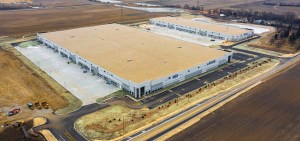
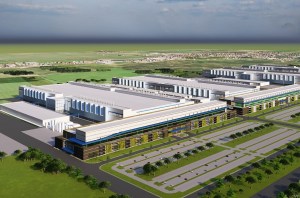
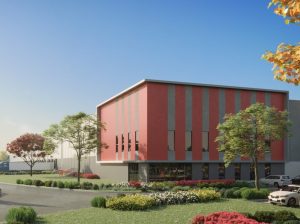


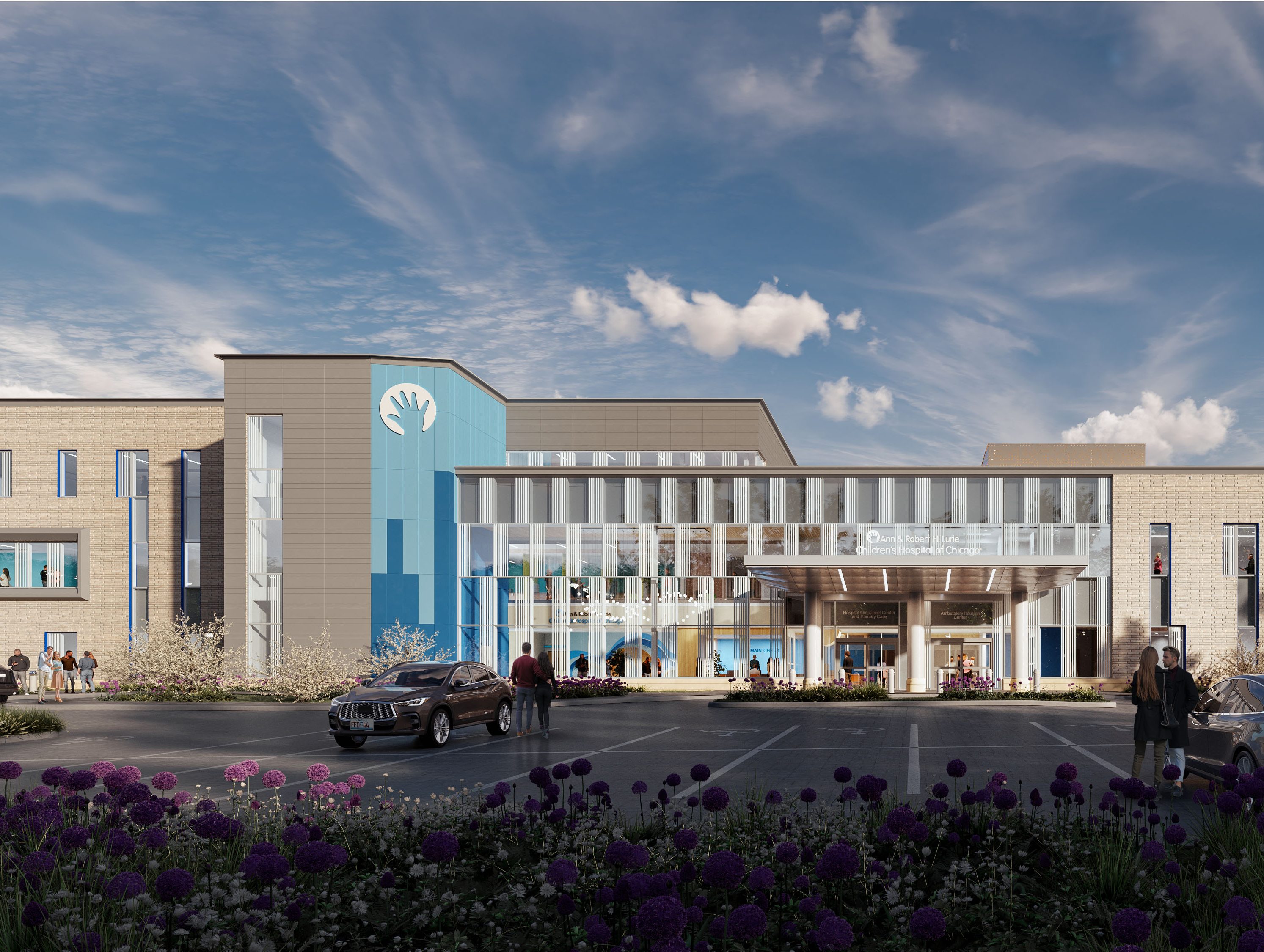
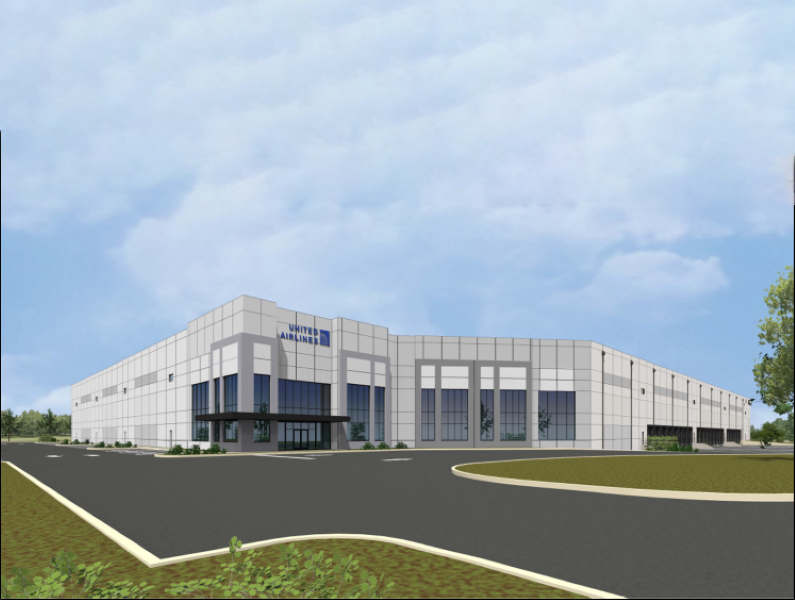
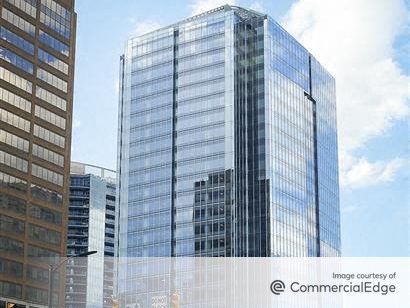

You must be logged in to post a comment.